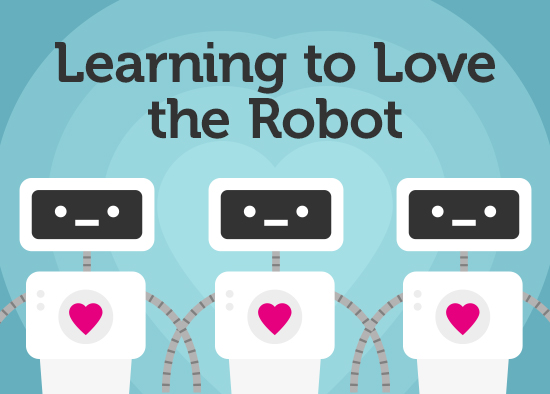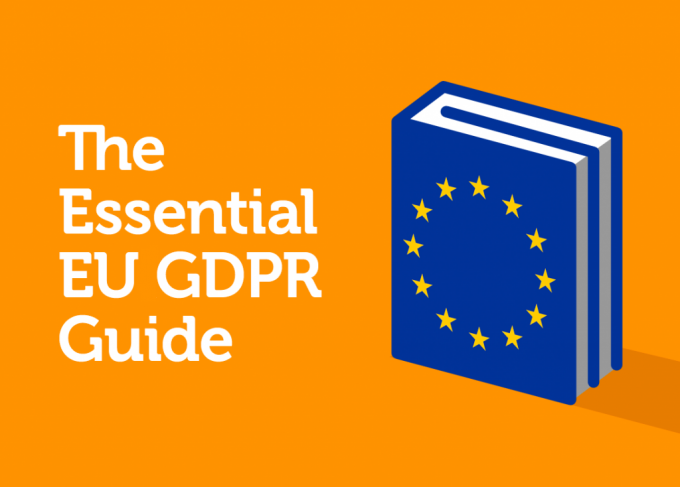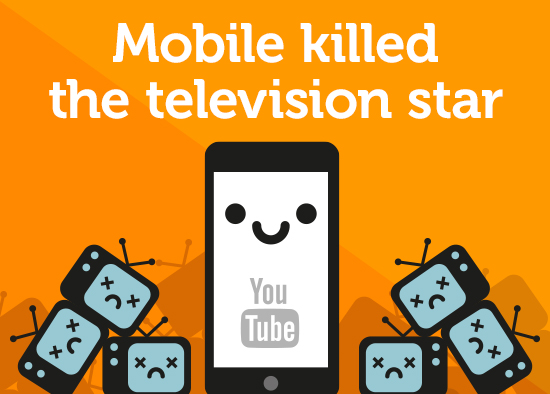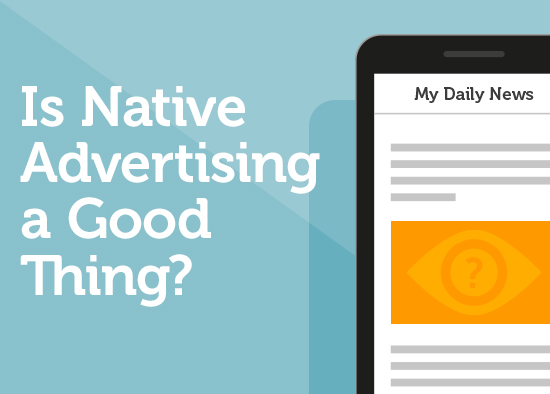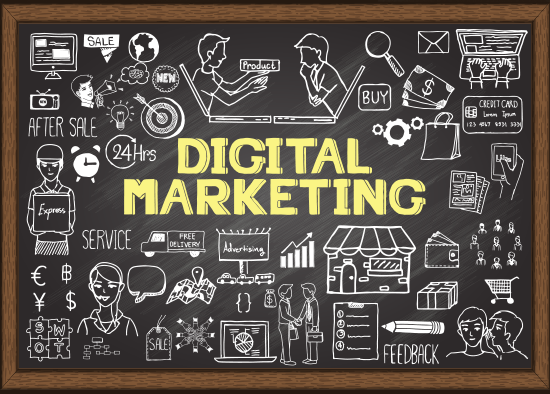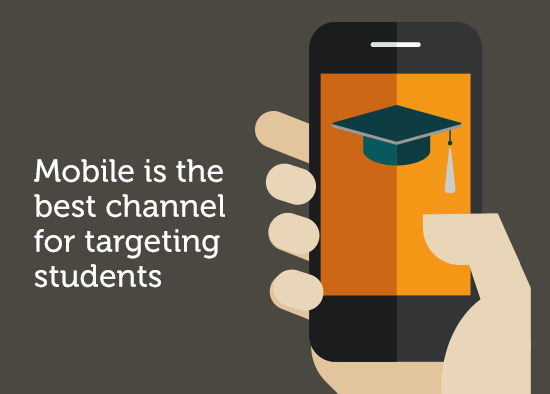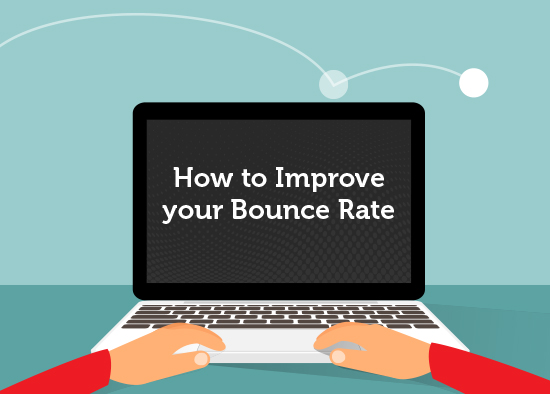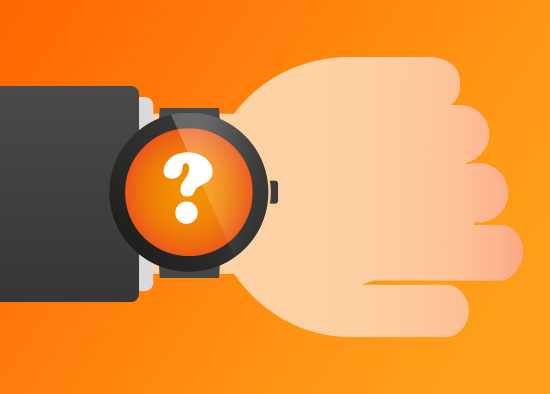One of the big advantages of digital marketing is that everything can be measured. And using that data, you can conduct highly targeted marketing based on location, demographics, even individual behaviour on a website.
It’s tempting for online marketers to leave the uncertainty of the real world alone entirely. But no matter how digital we get, we are still made of flesh and blood and do still live IRL. Any successful business needs some sort of contact with meatspace.
Besides. There are ways of measuring bricks with bits. You just have to get a little creative.
The machines are taking over in marketing. One of the big advantages of the big shift online is the sheer amount of data available to aid decisions – and the sheer amount of automation that can be done off the back of that data.
The tools have never been more widely available, or affordable. As such, there’s no excuse for any business not to be engaged in marketing automation.
Here’s why it’s time to love the robot. Read More
On 25th May 2018, the EU General Data Protection Regulation (EU GDPR) comes into force, replacing the Data Protection Act. It’s tougher, more wide-ranging, and carries a maximum fine of €20 million, or 4% of global turnover, whichever is higher.
Time to get prepared.
Who GDPR applies to
Anyone who holds data on EU citizens will be subject to the regulations. What counts as data really includes almost anything you can think of: personal information, contact details, cookies, DNA…
While previous regulations in many EU countries have spared companies below a certain size, the EU GDPR applies across the board. You could be a man working in his bedroom, but if you’ve got a mailing list, you have to comply.
And that includes people outside of the EU who hold the data of EU citizens.
Part 1: Data privacy
Digital ad spending outstripped TV in 2016, mostly because of mobile. Why has digital advertising grown so much? And what does this mean for marketers?
Native Advertising is touted as the Hot New Thing for marketing in 2017. You’ve undoubtedly seen some already. Swiping through your morning New York Times, you’re transported away from the endless slew of Trump you were ‘enjoying’ into something or other about Wi-Fi connected sinks, a “Paid Post” by Philips.
It looks, sounds and reads like the rest of the NYT but it’s been planted there by a corporation ultimately looking to take your cash.
Many are wary of native advertising and question its ethics. But it delivers exceptional value to marketers, a critical revenue stream for publications, and has been shown in some research to actually be preferred by many consumers to traditional advertising.
Native advertising: crooked lies or blessing in disguise?
Web design is opening up in 2017. Big, bold imagery, functional animation and unshackling from old conventions. Prepare yourself with Wisetiger wisdom.
The New Year is upon us! Between the prosecco hangovers and stale mince pies, what better time for a dose of professional reflection? When the cinnamon crust has cleared from our eyes and we resolve to up our game in the 12 months ahead, what digital marketing trends should we be looking out for?
Digital marketing to students
Here at Wisetiger we work with a number of clients in the university student sector including CRM Students, Gradpad, CastleHill and Empiric Student Properties. Our work in this sector is focussed on increasing engagement and conversion of website visitors into student accommodation bookings. We’ve got a great track record of delivering successful digital marketing to students, so when we saw a survey of how students are using the web on smartphones we decided to share it with you.
What is bounce rate?
The bounce rate is the percentage of people who land on your website and immediately move away rather than continuing to interact with the content. This commonly occurs when a website visitor only views a single page and leaves or has a session timeout. This article is aimed at helping you understand the factors involved surrounding the metrics of the bounce rate and what can be done to monitor these attributes to improve engagement.
Read More
Wearable technology is increasing fast. With more than 485m devices expected to sell every year and a market worth $8.36bn by 2018 it’s an opportunity that Marketers can’t avoid. Wearables are widely predicted to be the most significant technology development since the smartphone, and their impact will be big. Here’s an overview of what wearable technology is and the opportunities that will present themselves to marketing teams in the next few years.









